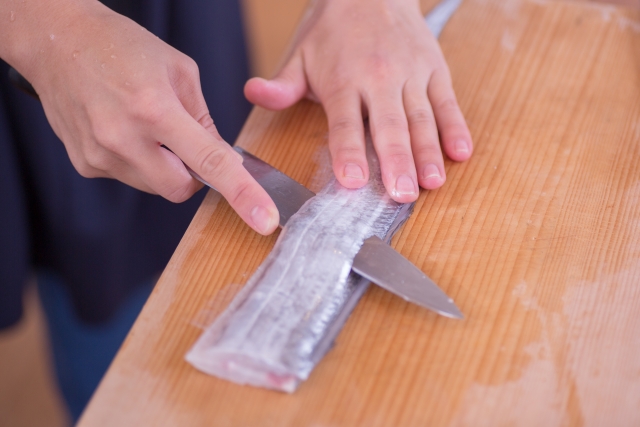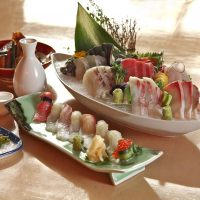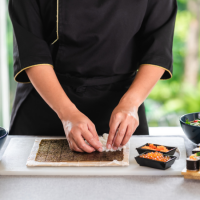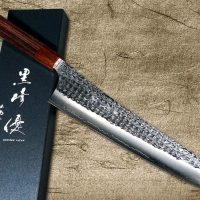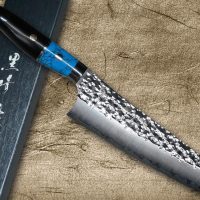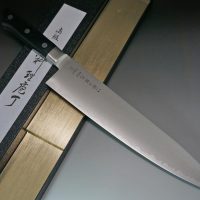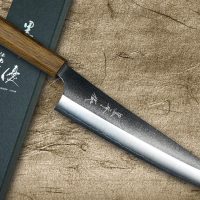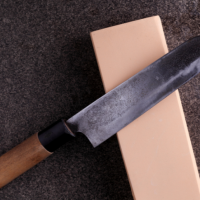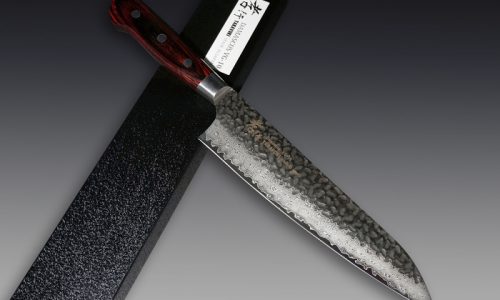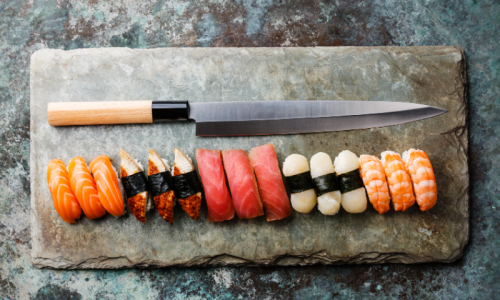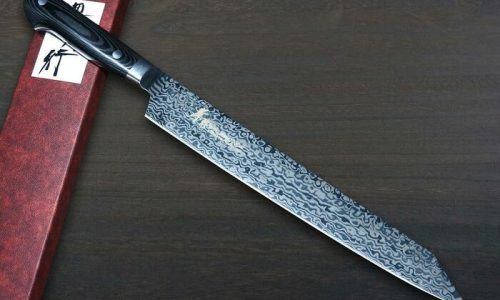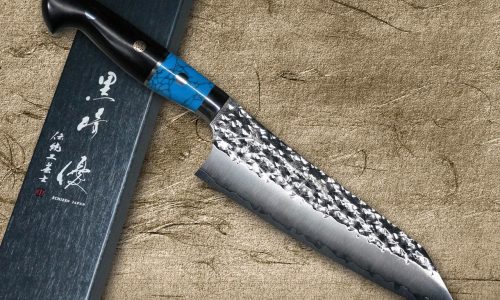Every true fan of Japanese cuisine knows which place offers the ‘best selection’ of raw fish, seafood, and meat choices. We inhale and breathe in every single detail Japanese chefs have put into their culinary arts, and we deeply get ourselves immersed into every dish. Fans of Japanese food, specifically ‘sashimi’ will keep themselves active and generally curious at the swift motions of the chef’s unique slicing techniques, and would even try to spot which kind of knife a chef uses to make just the perfect sashimi ready to serve on wooden trays.
But there are times where we all want to try the slicing ourselves. We want to stand tall at home, proudly present a homemade sashimi to our loved ones, and cook Japanese food during the holidays or get-togethers. And when that time comes, we all look for just the right ways to slice raw fish and seafood like a pro. Although it can be understood that not everyone is born with the talents to slice, chop, or even use scissors properly, slicing raw fish takes time and requires a lot of practice to get to the point where you can make good sashimi. A good sashimi is firstly determined by its good-shaped topping. Every sashimi chef knows how to slice raw fish into thin, slim slices; and for different fish, they know what to do in order to bring out all the flavors each specific fish has.
First, know which kind of fish is best suited for the making of homemade sashimi.
The best fish for sashimi is any fish freshly caught in the sea, filleted, sliced, then served right away. The most common sashimi fish for foreigners residing out of Japan would be Salmon, Tuna, Snapper, and Kingfish. Fatty tuna sashimi is also very well-known for its softness, the blends of its savory flavor with fermented, vinegar-moistened rice.
Now, if your choice of fish is tuna, you will have to begin the slicing work with the right meat shape. It is essential to first cut the tuna into a rectangular shape or a block, then turn the meat around to see the lines on the meat align horizontally with the chopping board. This way, it will be simple to see how many slices you would get from this specific size of meat.
After the basics, there are two slicing techniques you can learn to slice sashimi effectively: Sogigiri and Hirazukuri.
Sogigiri or the shaving cut technique is suitable for Snapper fish or other fish with firm, yet thin flesh. If you’re a right handed user, the slicing starts from the left and the knife itself should be placed at an angle of around 45 degrees from the vertical point of where the knife is. Use your left hand to hold the angled surface of the meat and use the right hand with the knife to slowly slice the meat. To make a clean cut, smoothly use the base of the knife to slowly make a downwards motion to the tip.
Another technique is the Hirazukuri technique or also referred to the rectangular slicing method.
With this technique, start by placing a piece of raw fish on the cutting board (make sure it is rectangular in shape). See the grains and lines on the meat and align them horizontally to the cutting board, then hold and knife and start slicing down from the right side. It is best to draw the knife from its base to the tip in just one go (so the cut might not be as clean as Sogigiri). If a slice is stuck on either side of the knife, just smoothly tilt the knife to remove the slice.
Once you’re done with these two techniques, you can surely make Japanese food as well as sashimi at home. With practice, patience, understanding, and time invested into the creation of Japanese culinary, becoming a home chef isn’t impossible to accomplish.

